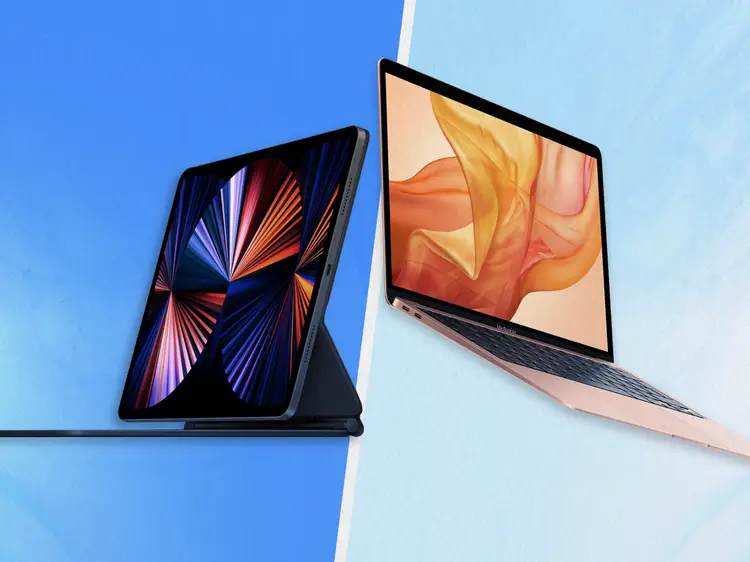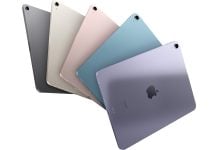OLED technology has been present in our lives for a while now. This advanced technology, which is far superior to traditional panel types, works wonders in terms of efficiency and image quality. However, due to its high cost, it was only found in premium products for a long time. But as technology has advanced, costs have come down, and OLED technology is finally on its way to becoming mainstream. It seems that one of the first companies to lead this transformation is Apple.
The tech giant has long been known to want to use OLED displays in its Mac and iPad models. According to recent information, the company is ready to implement this change starting next year, but panel suppliers are holding back key investment in next-gen OLED production lines due to rising concerns. Here are the details…
Falling Mac Sales Have Apple’s OLED Panel Suppliers Spooked
Apple plans to launch its first OLED iPads in 2024. Since the company doesn’t manufacture panels, it needs to source the necessary components from third-party manufacturers, just like it does with iPhones. Apple has not yet chosen a partner, but South Korean companies Samsung Display and LG Display are eager to become the main suppliers.

At present, these two companies have large production capacities and operate Gen 6 OLED production lines. However, they plan to set up more efficient Gen 8 production lines that produce a higher number of OLED panels per substrate. Recent information has revealed that the Korean manufacturers are hesitant. Allegedly, Samsung and LG have not yet ordered the necessary equipment to construct the Gen 8 lines, which require at least a year to complete. This situation indicates that the manufacturers’ reluctance to invest stems from concerns over profitability.
The main cause for concern is the decline in Apple’s sales. Despite the success of the M series processors, Apple disclosed a significant year-over-year decrease in Mac revenue, dropping from $10.4 billion to $7.2 billion. If this decline continues, investing in large production capacities could have negative consequences for LG Display and Samsung Display.
Additionally, it is unclear whether Apple will be willing to pay for the OLED panels, especially since there is no precedent for their inclusion in MacBooks. Another concern arises from Apple’s stance on the deal. OLED screens would increase the cost of the already expensive MacBooks. This could lead to Apple pressuring suppliers to lower their prices, which might result in the investments not paying off. Hopefully, these issues will be resolved soon, and OLED-equipped MacBook models will be available to consumers as soon as possible.
RELATED:
- Xiaomi Pad 6 Pro vs Vivo Pad 2: Specs Comparison
- Apple’s M3-Powered Macs Delayed Until 2024, Claims Leaker
- Apple Watch Now Tracks Mental Health! Smartwatches and Machine Learning Join Forces
- WWDC 2023 May Bring the 15-inch MacBook Air Featuring Exceptional Battery Life
- Xiaomi MIJIA Underwear Washing and Drying Machine launched in China for 1,599 yuan ($232)
(via)







